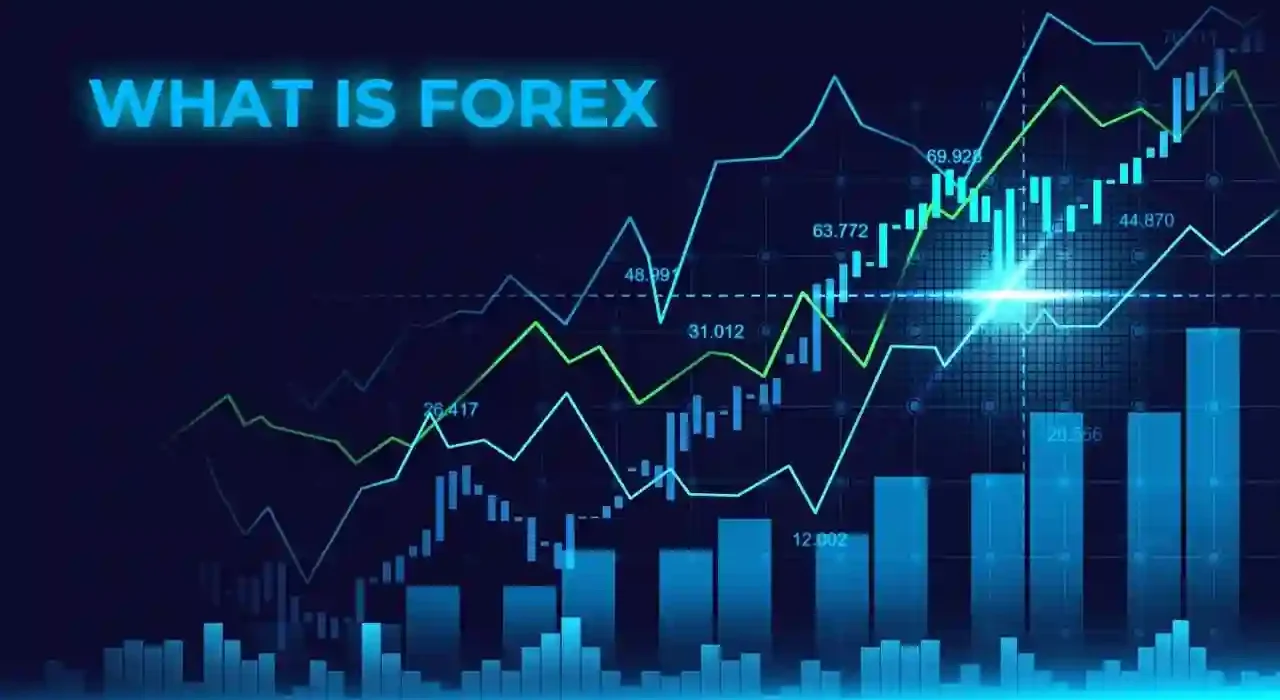Backtesting plays a pivotal role in the development of forex robots, allowing traders to evaluate trading strategies using historical data before deploying them in live markets. This article explores the significance of backtesting in forex robot development, its benefits and limitations, best practices, and advanced techniques for maximizing its effectiveness. By leveraging backtesting effectively, traders can develop robust and reliable forex robot strategies that stand the test of time in the dynamic and competitive forex market.
Forex robot development involves creating automated trading systems that execute trades based on predefined rules and algorithms. Backtesting is a critical component of forex robot development, enabling traders to assess the performance and viability of trading strategies using historical market data. By backtesting forex robot strategies, traders can identify strengths and weaknesses, optimize parameters, and refine strategies to enhance performance and profitability. This article explores the role of backtesting in forex robot development and provides insights into best practices and advanced techniques for leveraging backtesting effectively.
The Significance of Backtesting in Forex Robot Development:
Strategy Evaluation: Backtesting allows traders to evaluate the performance of forex robot strategies using historical market data, enabling objective assessment of strategy profitability, risk-adjusted returns, drawdowns, and other performance metrics.
Parameter Optimization: Backtesting facilitates parameter optimization by testing different parameter values across historical data to identify optimal settings that maximize performance and adapt to changing market conditions.
Strategy Refinement: Backtesting helps traders refine forex robot strategies by analyzing trade outcomes, identifying patterns, and optimizing rules and criteria to improve strategy reliability, consistency, and adaptability.
Risk Management: Backtesting enables traders to assess the effectiveness of risk management measures such as stop-loss orders, take-profit targets, and position sizing algorithms in mitigating risk and preserving capital.
Benefits of Backtesting in Forex Robot Development:
Objective Evaluation: Backtesting provides objective and quantitative evaluation of forex robot strategies, allowing traders to assess performance based on historical data and verify strategy efficacy before deploying them in live markets.
Risk Reduction: Backtesting helps reduce the risk of live trading by identifying potential weaknesses and vulnerabilities in forex robot strategies, enabling traders to refine strategies and optimize risk management measures to mitigate potential losses.
Confidence Building: Backtesting instills confidence in forex robot strategies by demonstrating their performance and reliability over historical data, empowering traders to trade with conviction and discipline in live markets.
Strategy Optimization: Backtesting facilitates strategy optimization by enabling traders to test different parameter values, rule variations, and optimization techniques to improve strategy performance and adaptability.
Limitations and Challenges of Backtesting:
Data Quality and Accuracy: Backtesting relies on historical market data, which may be subject to errors, inaccuracies, and gaps, potentially affecting the reliability and validity of backtest results.
Overfitting and Curve Fitting: Overfitting occurs when forex robot strategies are optimized excessively to historical data, resulting in strategies that perform well in backtests but fail to generalize to live markets. Curve fitting can lead to strategies that are overly complex and sensitive to noise in historical data.
Market Dynamics: Backtesting may not fully capture the dynamic and evolving nature of the forex market, including changes in market conditions, volatility regimes, and liquidity conditions that impact strategy performance.
Forward Testing: Forward testing involves validating forex robot strategies using out-of-sample data or live trading environments, which may provide more accurate assessments of strategy performance compared to backtesting alone.
Best Practices for Effective Backtesting:
Data Quality Assurance: Ensure the quality and accuracy of historical market data used for backtesting by using reliable data sources, validating data integrity, and addressing any discrepancies or errors.
Out-of-Sample Testing: Conduct out-of-sample testing by partitioning historical data into training and testing sets, using the training set for strategy development and parameter optimization, and the testing set for validation and performance evaluation.
Sensitivity Analysis: Perform sensitivity analysis to assess the robustness of forex robot strategies to changes in parameter values, market conditions, and data inputs, identifying critical parameters and optimizing them accordingly.
Monte Carlo Simulation: Conduct Monte Carlo simulation to assess strategy performance under different market scenarios and random variations, providing insights into strategy reliability, stability, and risk exposure.
Advanced Techniques for Maximizing Backtesting Effectiveness:
Walk-Forward Optimization: Walk-forward optimization involves iteratively optimizing forex robot strategies over rolling time windows, allowing traders to adapt strategies to changing market conditions and validate performance in real-time.
Portfolio Backtesting: Portfolio backtesting involves testing multiple forex robot strategies or asset classes simultaneously to assess their collective performance and diversification benefits, optimizing portfolio allocation and risk management across strategies.
Machine Learning Integration: Integrate machine learning algorithms and artificial intelligence techniques into backtesting processes to automate strategy development, optimize parameter settings, and adapt strategies dynamically to evolving market conditions.
Event-Driven Backtesting: Event-driven backtesting involves simulating specific market events, news releases, or geopolitical developments to assess their impact on forex robot strategies and optimize strategy responses accordingly.
Conclusion:
Backtesting is an indispensable tool in forex robot development, enabling traders to evaluate, optimize, and refine trading strategies using historical market data. By leveraging backtesting effectively, traders can develop robust and reliable forex robot strategies that withstand the rigors of live trading and adapt to changing market conditions. While backtesting has its limitations and challenges, adopting best practices and advanced techniques can enhance its effectiveness and empower traders to achieve trading success in the dynamic and competitive forex market.





